14 Animals So Elusive You’ll Have to Travel Far to Spot Them
Some animals are so elusive that finding them can feel like a mission. From the dense jungles to remote deserts, these creatures are masters of hiding. Their rare sightings make them even more fascinating to wildlife enthusiasts and travelers. If you want to encounter these remarkable species, you will need to venture off the beaten path. The effort required to spot them is part of what makes these animals so captivating.
This post may contain affiliate links, which helps keep this content free. Please read our disclosure for more info.
Snow Leopard
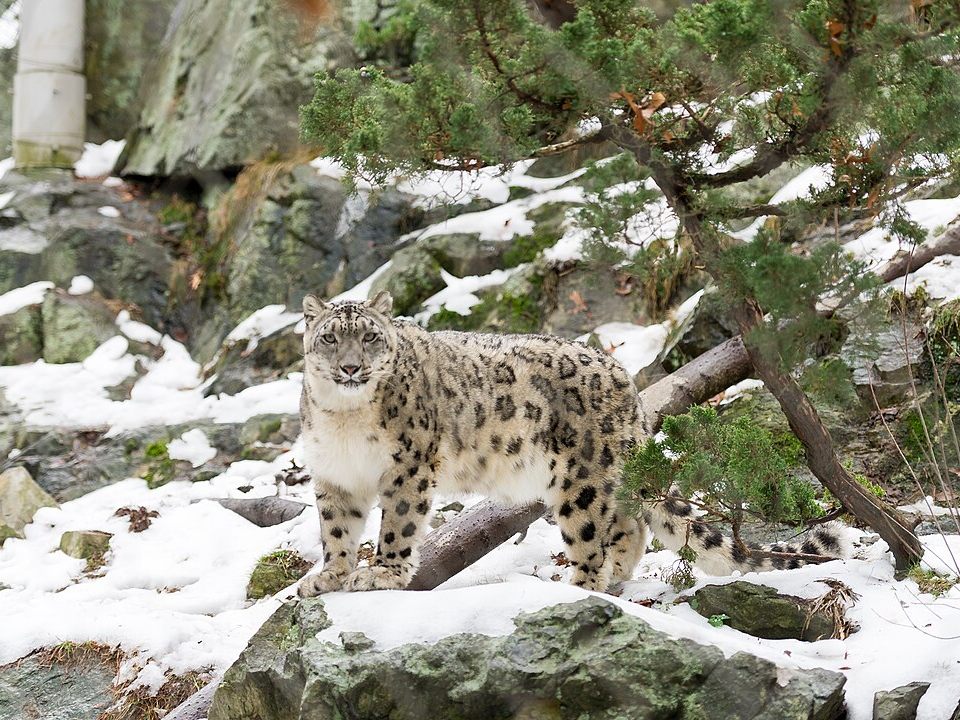
Snow leopards are known for their incredible ability to blend into the rugged mountain landscapes of Central Asia. These big cats are primarily found in the Himalayas, Tibet, and parts of Mongolia, where their elusive nature makes sightings rare. Their thick, spotted fur provides camouflage against the rocky terrain and snow-covered peaks, making them difficult to spot. Snow leopards are solitary and highly secretive, which adds to their mystique in the animal kingdom.
To have the best chance of seeing a snow leopard, you will need to travel to remote areas in countries like Nepal and Bhutan. Wildlife enthusiasts often embark on treks through the Himalayas or Mongolian steppes, guided by local experts. While there are only an estimated 4,000 snow leopards remaining in the wild, conservation efforts are underway to protect their shrinking habitat. Observing these elusive creatures in the wild is considered a once-in-a-lifetime experience.
Amur Leopard

The Amur leopard, one of the rarest big cats on the planet, is found in the temperate forests of the Russian Far East and parts of northeastern China. These leopards are solitary animals, known for their incredible ability to navigate through dense forests. They are endangered, with fewer than 100 individuals left in the wild, making sightings incredibly rare. The leopard’s spotted coat allows it to hide among the trees and shrubs, making it a challenge for even the most seasoned wildlife watchers to spot.
Efforts to conserve the Amur leopard focus on habitat preservation and reducing poaching. Visitors hoping to catch a glimpse of this elusive feline should visit Russia’s Land of the Leopard National Park, which is home to a small but growing population. The park is a vital sanctuary, and local rangers help monitor and protect the leopards. Observing an Amur leopard is a thrilling experience, providing an insight into one of the most elusive predators in the world.
Kakapo
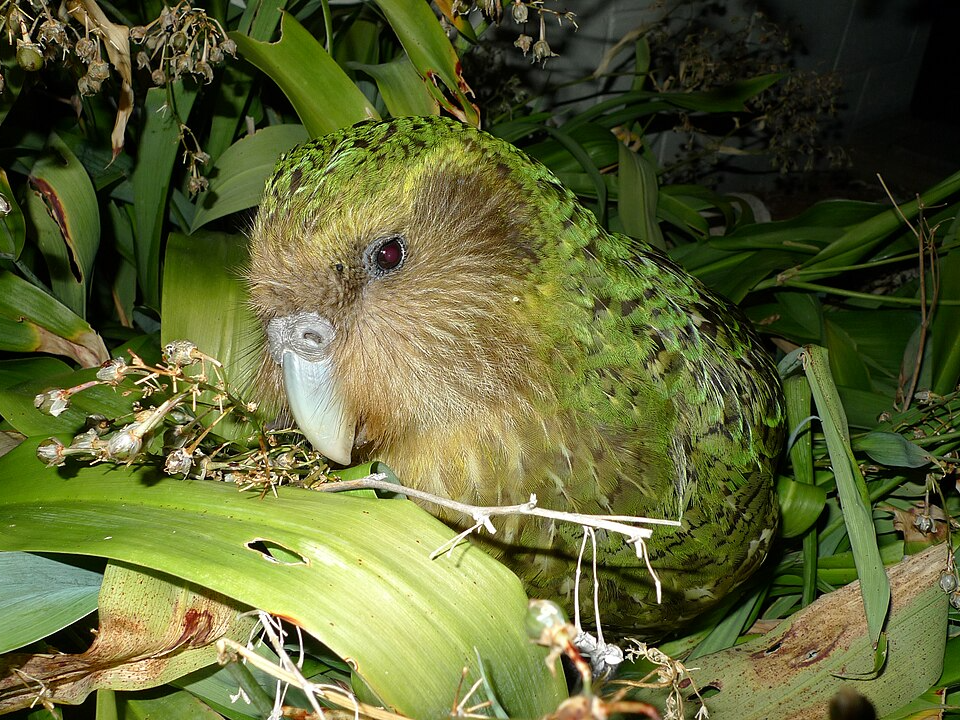
The Kakapo, also known as the night parrot, is an unusual, flightless bird native to New Zealand. This bird is critically endangered, with only around 200 individuals left. It is known for its nocturnal habits and its preference for hiding in dense forests and undergrowth, which makes it one of the most challenging birds to spot. The Kakapo’s heavy build and inability to fly set it apart from other parrots.
To observe a Kakapo in the wild, you must visit one of New Zealand’s remote predator-free islands, such as the Whenua Hou or Codfish Island. Conservation efforts are focused on protecting the bird from introduced predators like rats and stoats. Each Kakapo is carefully monitored, and the birds are part of a dedicated breeding program. Spotting a Kakapo is a rare treat, offering a glimpse of one of the world’s most unique and elusive birds.
Borneo Pygmy Elephant
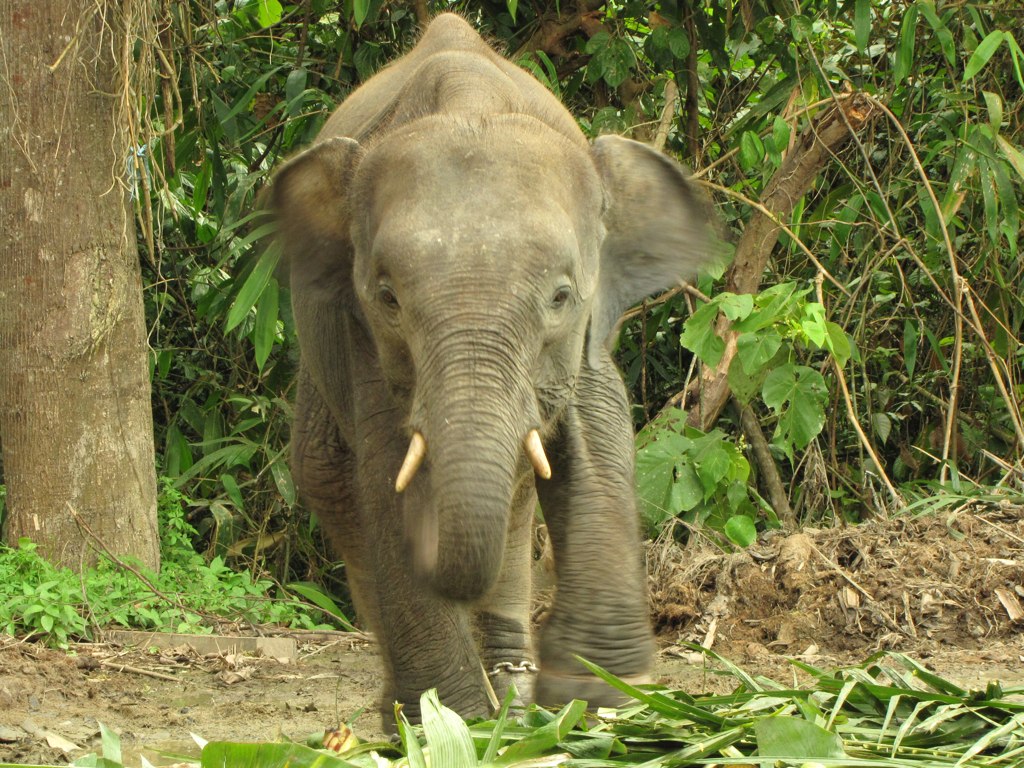
The Borneo pygmy elephant is a small and rare subspecies of the Asian elephant found only on the island of Borneo. These elephants are distinct for their smaller size and larger ears compared to their mainland relatives. The elephants roam the rainforests of Sabah and are often seen near rivers, where they feed on various plants. Despite their size, they are incredibly hard to spot due to their reclusive nature and the dense, thick forests they inhabit.
Wildlife enthusiasts eager to see a Borneo pygmy elephant should visit the Sabah region, where they are often seen near the Kinabatangan River. These elephants play a vital role in the ecosystem by spreading seeds, which helps the forest to regenerate. However, due to habitat loss and human encroachment, sightings have become rarer. Efforts to protect their natural habitat are crucial to ensuring that future generations can continue to witness these gentle giants in the wild.
Vaquita
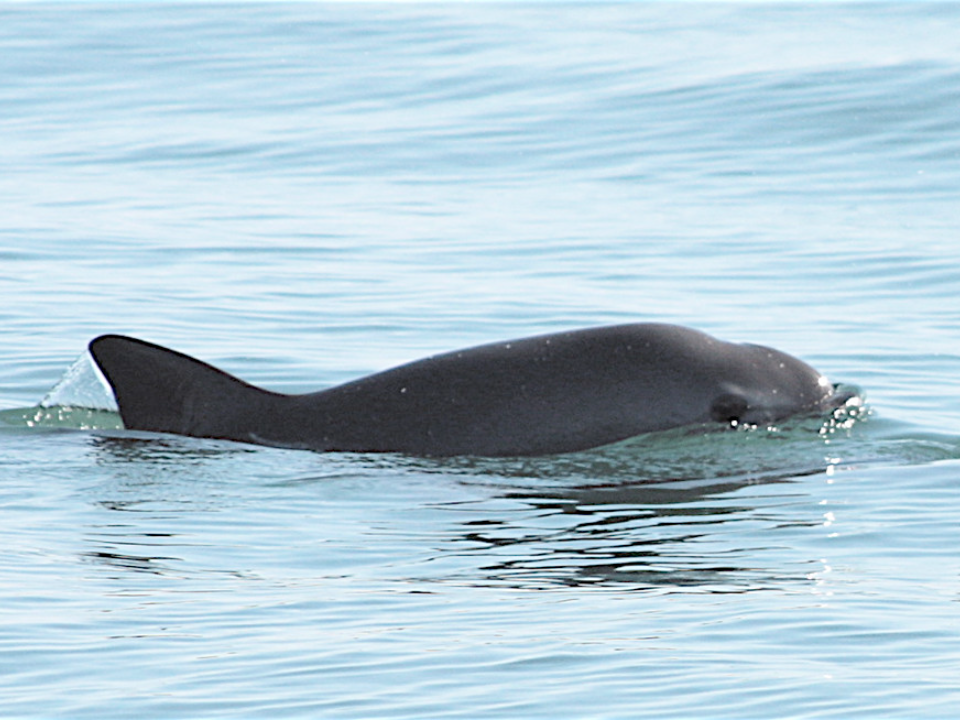
The Vaquita is a small, elusive porpoise found only in the northern part of Mexico’s Gulf of California. It is the world’s most endangered marine mammal, with fewer than 10 individuals believed to remain in the wild. The Vaquita is notoriously difficult to spot due to its small size and its tendency to live in the shallow waters of the gulf. Its shy nature and the lack of clear visibility in its habitat make sightings almost impossible.
Travelers hoping to see a Vaquita will need to visit the Gulf of California, but their chances are slim due to the rapid decline in population. The main threat to their survival is entanglement in illegal gillnets, which are used for fishing another endangered species, the totoaba fish. Conservationists are working to implement stricter regulations and protect the Vaquita’s remaining habitat. While sightings are incredibly rare, the species’ unique position in the ecosystem makes it a critical focus of conservation efforts.
Platypus
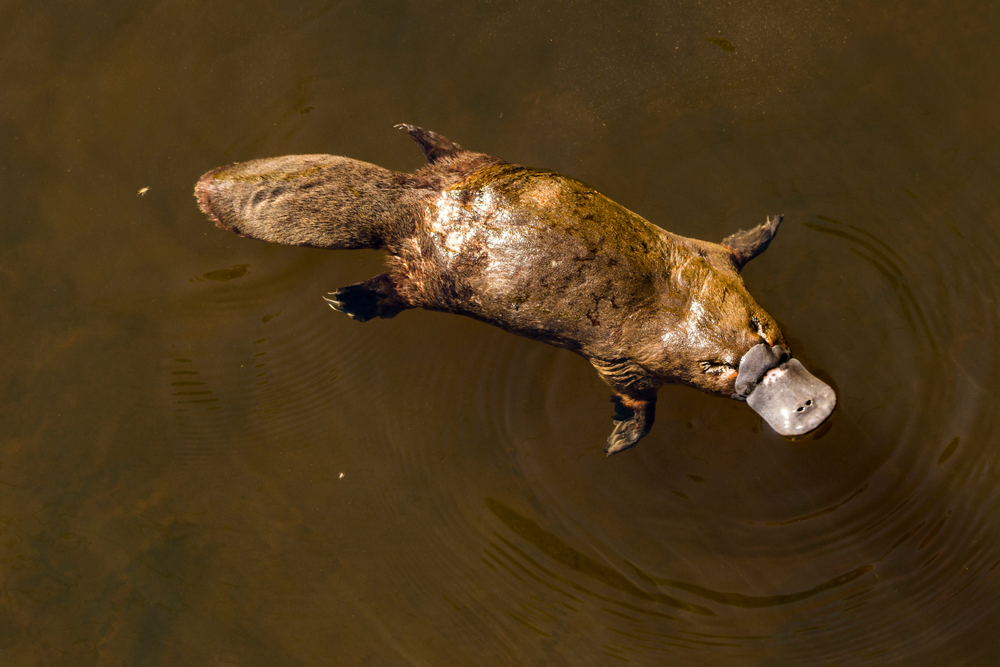
The platypus is one of the most unusual animals in the world, known for its mix of mammal and reptilian characteristics. Native to Australia, it is often found in freshwater streams and rivers along the eastern side of the country. Its egg-laying habits, webbed feet, and bill resembling a duck’s make it a remarkable and elusive creature. The platypus is mostly active at night, making it even harder to spot.
Australia’s remote wilderness areas, particularly in Tasmania and Victoria, offer the best chance to see a platypus in the wild. They tend to hide in burrows along riverbanks, emerging at dusk to hunt for food. Despite their odd appearance, platypuses play an important role in maintaining the balance of their aquatic ecosystems. Spotting one in its natural habitat is an unforgettable experience for any wildlife observer.
Sumatran Tiger
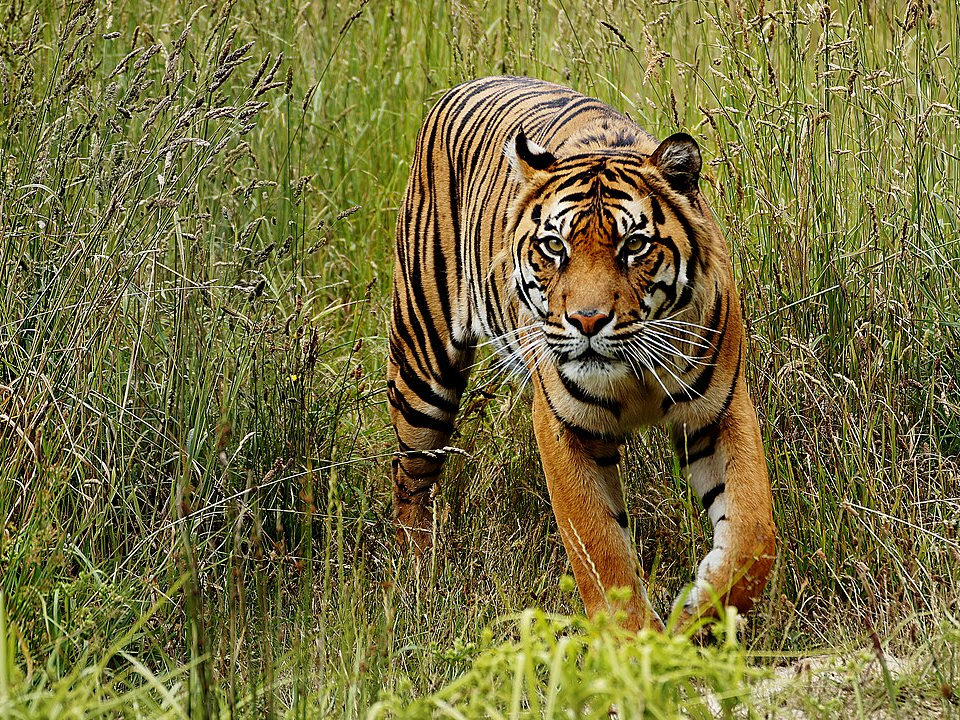
The Sumatran tiger is a critically endangered subspecies of the tiger found only on the Indonesian island of Sumatra. Known for their striking orange fur with black stripes, these tigers are incredibly elusive due to their dense jungle habitat. They are solitary animals, often avoiding human presence, which makes sightings very rare. These tigers are apex predators in their environment, playing a crucial role in maintaining the ecosystem.
To encounter a Sumatran tiger, you would need to venture into the dense rainforests of Sumatra, particularly within Bukit Barisan Selatan National Park. Habitat destruction and poaching have greatly reduced their numbers, making sightings even more difficult. The tigers’ presence is an essential part of the region’s biodiversity, and conservation efforts are underway to protect them. Witnessing one of these magnificent creatures is a rare opportunity and a powerful reminder of the need for wildlife conservation.
Arctic Fox
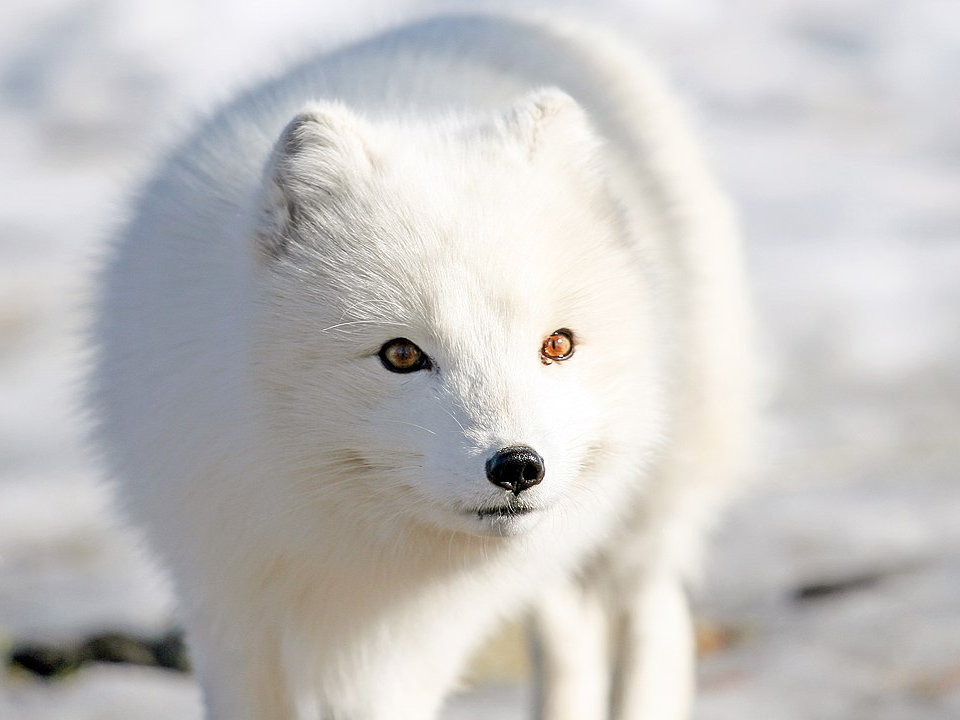
The Arctic fox, a master of survival in the harsh northern climates, is known for its stunning white coat and adaptability. It is found in the cold, icy regions of the Arctic, where it thrives in temperatures that can drop well below freezing. These foxes have thick fur and small ears, which help them retain body heat in the frigid environment. Their ability to blend into the snowy terrain makes them hard to spot, especially during the winter months.
Travelers hoping to catch a glimpse of an Arctic fox will need to travel to the Arctic Circle, particularly in parts of Alaska, Canada, and northern Scandinavia. The best time to see them is during the summer months when they are more active and easier to spot. The Arctic fox is well-adapted to its environment, but climate change poses a significant threat to its habitat. Seeing one of these elusive animals in its natural surroundings is a true testament to nature’s resilience.
Okapi
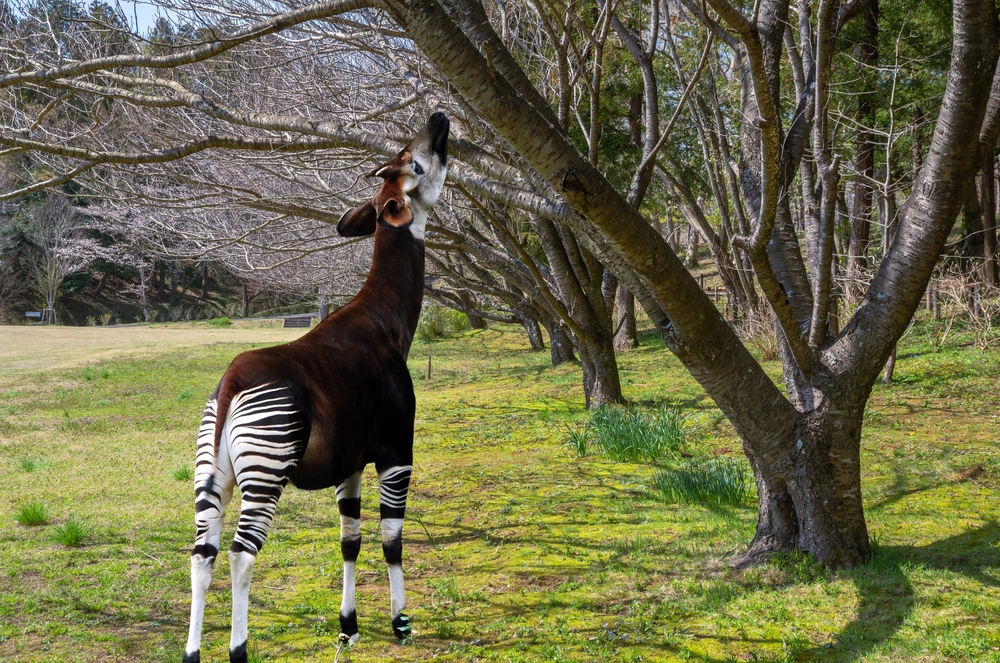
The Okapi, a close relative of the giraffe, is an elusive forest-dwelling animal found in the rainforests of the Democratic Republic of Congo. Its dark brown body, striped legs, and large ears make it look like a mix of a zebra and a giraffe. Despite its large size, the Okapi is incredibly shy and avoids human interaction, making sightings very rare. Its solitary nature and the dense forests it inhabits contribute to its elusive behavior.
To spot an Okapi, you would need to visit the remote rainforests of the Congo Basin, particularly in the Okapi Wildlife Reserve. The area is home to a small but stable population, and conservation efforts are vital to protecting the species from habitat destruction and poaching. Though rare in the wild, Okapis are often kept in zoos for study and preservation. Seeing one in its natural environment remains a rare and precious experience.
Indri Lemur

The Indri Lemur, found in the rainforests of Madagascar, is one of the largest and most unique lemurs in the world. Known for its distinctive loud, song-like calls that can be heard for miles, the Indri is a captivating creature. These lemurs are arboreal, spending most of their time in the treetops, where their dense fur helps them stay hidden. Their critically endangered status makes sightings of these creatures even more difficult.
To encounter an Indri Lemur, you must visit the rainforests of eastern Madagascar, particularly in Andasibe-Mantadia National Park. The area offers guided tours where visitors can spot these lemurs, though they are still hard to find due to their ability to blend in with the dense foliage. Habitat destruction poses a major threat to their survival, and ongoing conservation efforts aim to preserve their natural environment. Spotting an Indri Lemur is an unforgettable experience, especially for those passionate about preserving Madagascar’s unique wildlife.
Mountain Gorilla
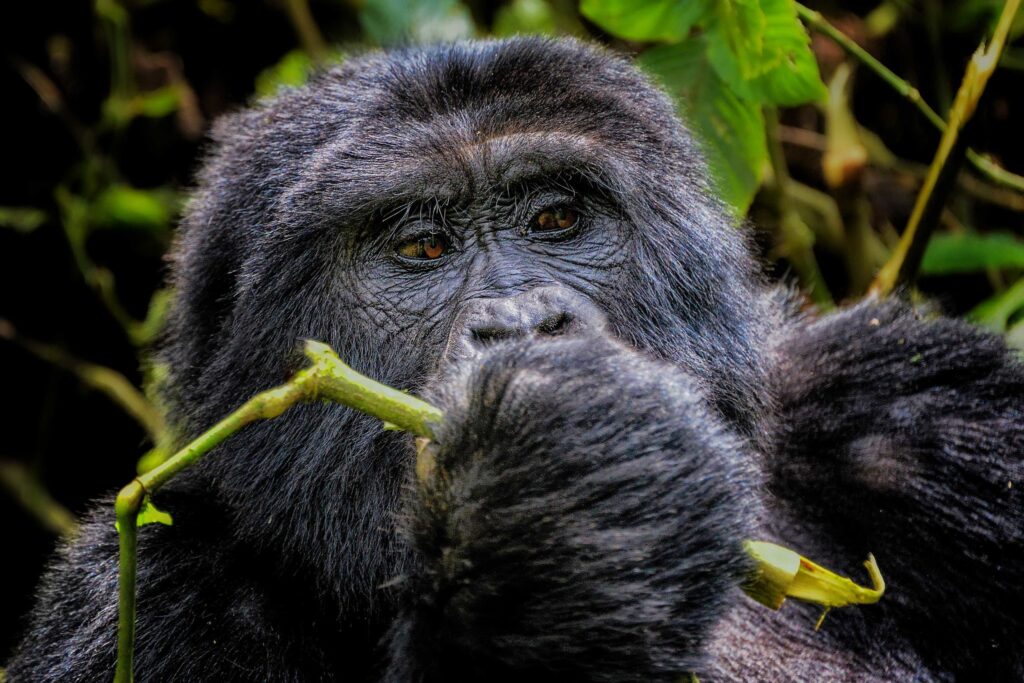
Mountain gorillas, one of the rarest and most majestic primates, are found in the dense forests of the Virunga Mountains, which span Uganda, Rwanda, and the Democratic Republic of Congo. These gorillas are critically endangered, with only about 1,000 individuals remaining in the wild. They live in high-altitude rainforests and are often difficult to spot due to their remote location and the thick vegetation. Their gentle nature and strong social structure make them fascinating to observe.
Travelers hoping to see mountain gorillas must embark on a trek through the Virunga mountains, often requiring a guide and proper permits. Rwanda’s Volcanoes National Park and Uganda’s Bwindi Impenetrable Forest are prime spots for gorilla trekking. The experience offers a rare chance to observe these intelligent and emotional creatures up close. Conservation efforts have successfully increased their numbers, though they remain at risk from habitat loss and poaching.
Red Panda
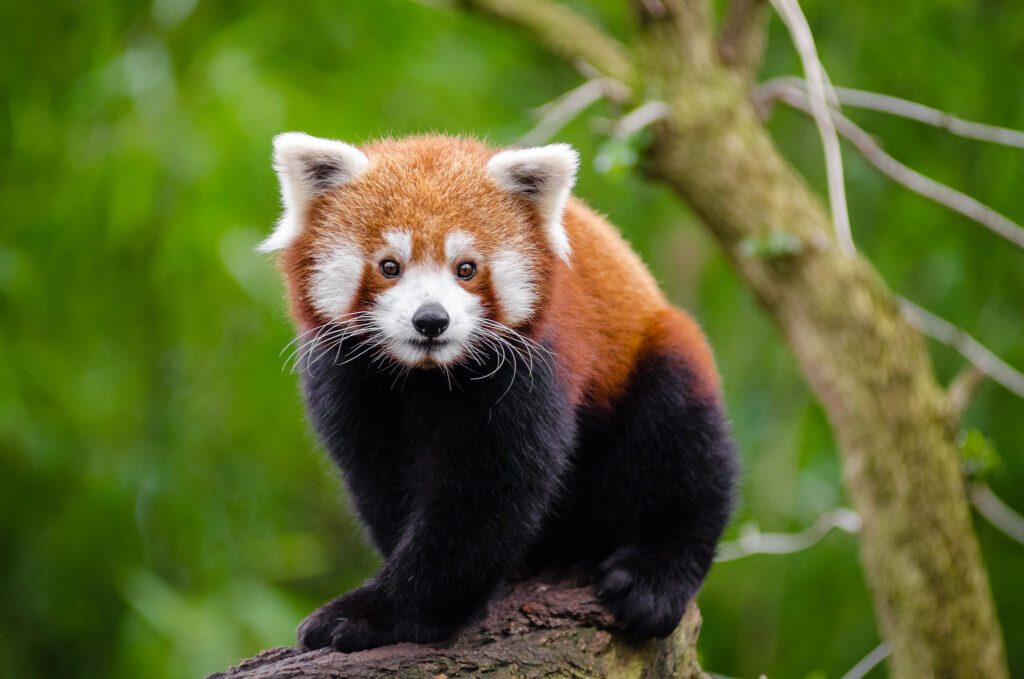
The red panda, known for its striking red fur and bushy tail, is found in the temperate forests of the Himalayas, particularly in Nepal, India, Bhutan, and southern China. These small, tree-dwelling animals are excellent climbers, using their long claws to navigate the high branches of trees. While they are nocturnal and shy, red pandas are known to be social animals, though they tend to avoid human interaction. They are also endangered due to deforestation and poaching.
To see a red panda, travelers should head to the mountain ranges of Nepal or Bhutan, where conservation areas provide opportunities for wildlife viewing. The best chances for spotting these elusive animals come in the early morning or late evening hours, when they are most active. As conservation programs continue to work toward their protection, red pandas remain an important symbol of the fight to preserve the biodiversity of the Himalayan region.
Quokka
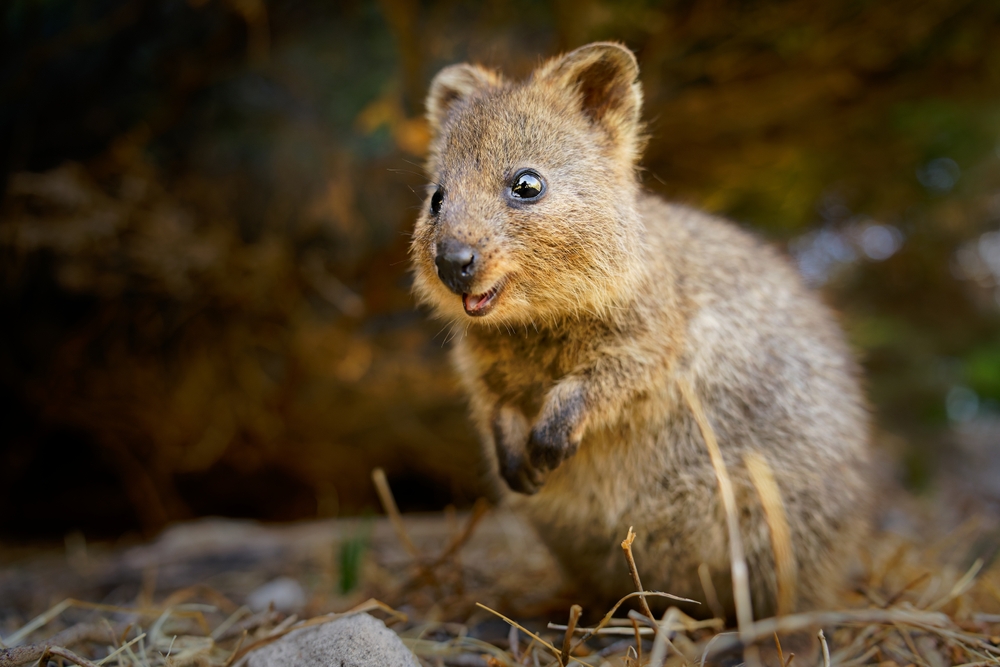
The Quokka, often referred to as the “happiest animal on earth,” is a small marsupial found on a few islands off the coast of Western Australia, including Rottnest Island. Known for its friendly demeanor and perpetual “smile,” the quokka has become a social media sensation. While they are relatively abundant on Rottnest Island, spotting them in the wild outside of these protected areas is challenging. They are nocturnal creatures, making daytime sightings harder to come by.
Travelers hoping to encounter a quokka should visit Rottnest Island, where these animals roam freely in the wild. The island’s protected environment allows quokkas to thrive without the threat of predators. Visitors can take guided tours or explore the island independently to spot these charismatic creatures. Despite their increasing popularity, the quokka remains a rare gem to see in the wild outside of its native habitat.
Narwhal
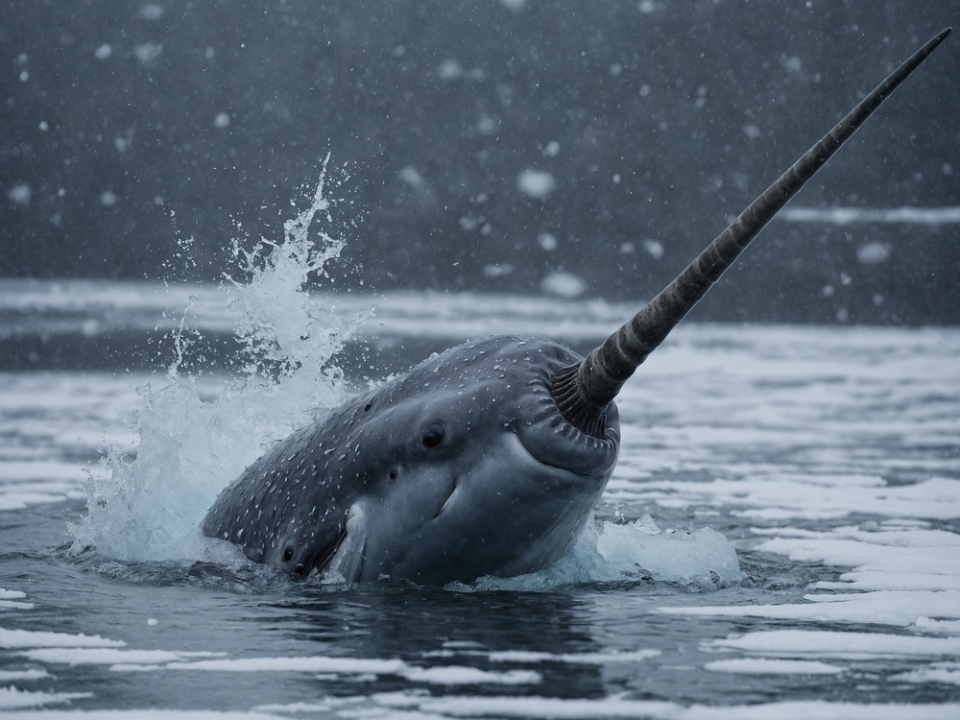
The narwhal, often referred to as the “unicorn of the sea,” is a whale known for its long, spiral tusk that can grow up to 10 feet long. These elusive marine mammals are found in the Arctic waters of Canada, Greenland, and Russia, often in remote areas where the ice floes are thick. Their rare and mysterious appearance, combined with their isolation in the icy waters, makes sightings of narwhals highly unusual. They are also difficult to spot because they live deep beneath the ice and only surface for air occasionally.
The best chance to see a narwhal is during the summer months when they migrate into the Arctic waters. Expeditions to the Canadian Arctic or Greenland offer limited opportunities for sightings. Narwhals are primarily hunted for their tusks, though they are a protected species today. Seeing a narwhal in its natural environment remains one of the most sought-after experiences for marine wildlife enthusiasts.
This article originally appeared on Avocadu.
